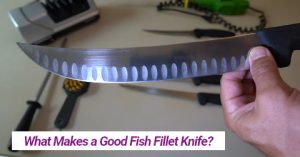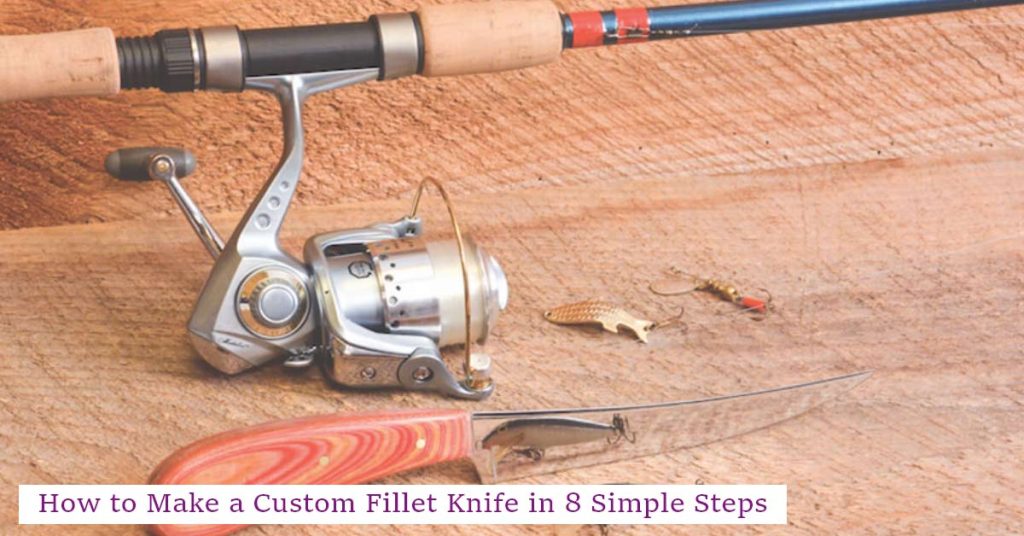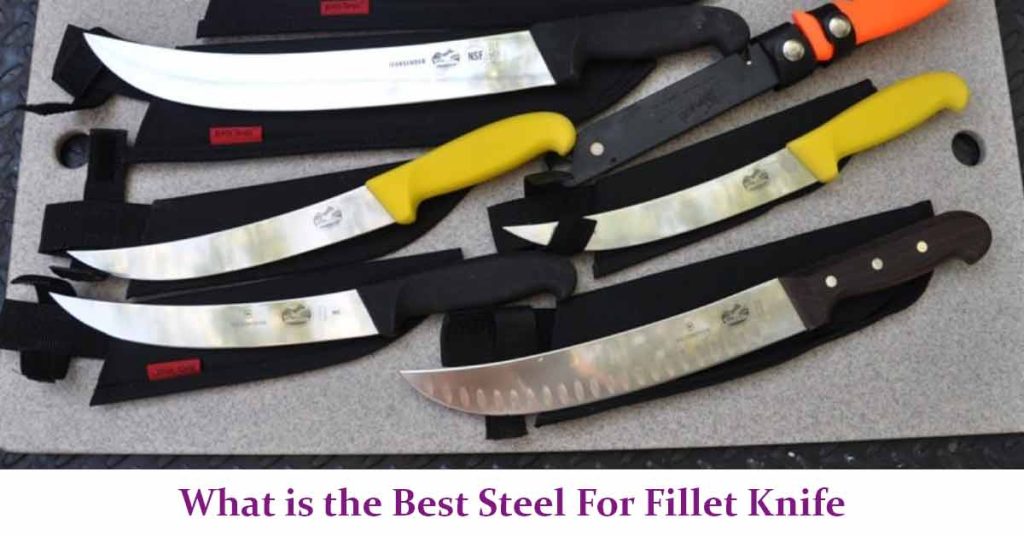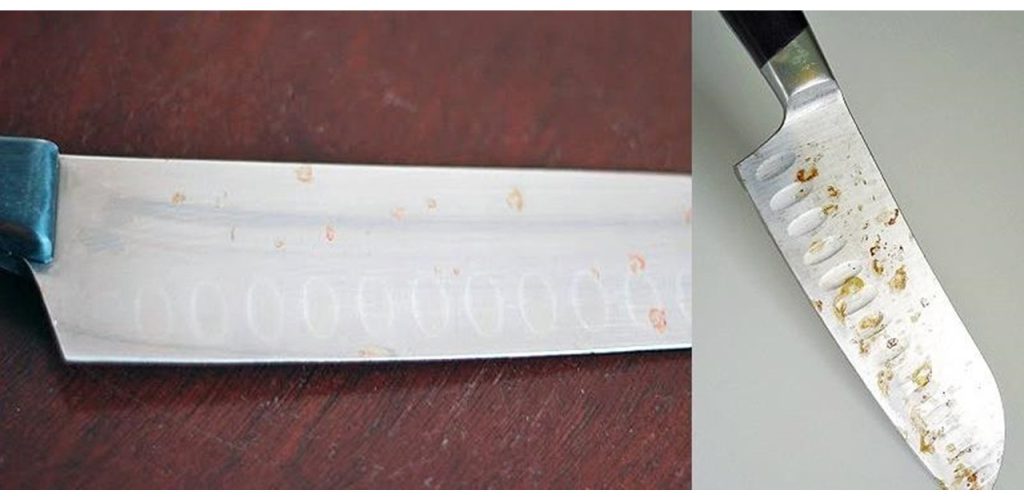Basically, Filleting is a term which describes the process of separating the flesh of fish from the bone. It is done by making precise and smooth cutting along the fish’s backbone from bottom to the top of the fish.
Initially, it looks like a very difficult task but the fillet knife makes this job very easy with their flexible and robust blade and provides you great control over the complete processing endeavour.
Keep in mind that its raison d’etre may be to fillet a fish, a level blade should be your go-to tool for the basic steps of the fish planning process, otherwise This is called de-cleaning and deboning.
Other tasks like whipping up poultry fillets, making an ultra thin slice of carpaccio meat and even cluttering a shrimp are also one of the tasks a fillet knife can do.
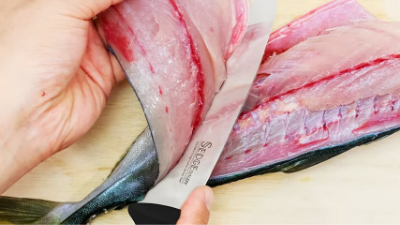
When people are investing in quality fillet knives actually they are investing in high multiskills tools which will enhance your entire cooking process.
Now I think we have done a lot of chitchat on fillet knife’s significance, lets move to business. In this article I am going to describe what makes a good fish fillet knife.
There are several following factors that players must look out for in a good fish fillet knife.
Material : choose a blade that won’t rust easily and survive with you for a long time.
Thin & Flexible Blade : provide easy and precise cutting while filleting.
Sharp – Edge Blades : penetrate the fish and remove the fish easily.
Blade Length : low price’ knives are good for small fry but you should select something which can handle all types of catches.
Type of handle : only use those handles that comfortably fits in your hand and give you a firm grip.
Material
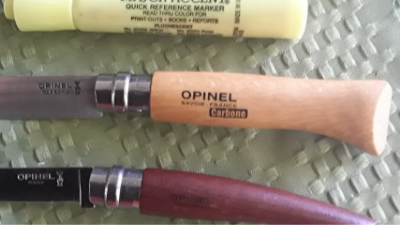
Maybe it is possible that you just use your fillet knife at home but remember one thing the fillet knife is also likely to be used in fish dispatching which it is going to expose in saltwater. All fillet knives should be corrosion resistant because a high carbon stainless steel ensures that your fillet knife is in prime condition if it remains in wet condition.
Usually cheaper knives are not made with stainless steel but they sell with the tag of “ made with stainless steel ” but high carbon brittle them fast. These become rust fastly and lose their sharpness. This is the first aspect “ material ” that you should look at while picking a good knife.
Thin and Flexible Blade
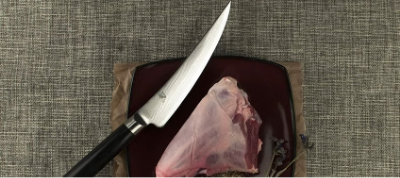
Your knife should have a thin and flexible blade that enables you to make a precise cutting. This thing is only possible when you have a great control on your knife.
When you try the same thing with a cheap and thick knife, you will damage the flesh and break the fish’s bones when you make a cut. What will you get ? those bones will get lost and end up on your plate!
Sharp Edges Blade
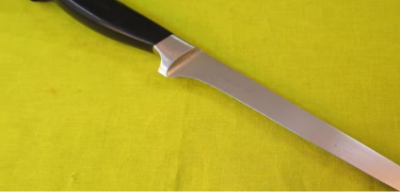
You got a perfect blade which is made with high carbon steel and it is thinner than a single piece of string and now you are going to make a cut. It leaves hardly any marks on the fish because you need a sharp edge blade.
An ideal fillet knife’s edges must have an angle of 12 – 17 degrees. It is one of finer frantic. To make butter-like cuts you need to sharpen your fillet knife. It also helps with the fish’s bones. If you see an evasive bone inside your fish, you don’t want to rip it out with a dull blade. This can ruin the entire filing process.
You simply want to go below the bones with fine points and get it out comfortably.
This is the reason why we need a sharp knife.
Blade Length

Normally people overlook the blade’s length, they pick the knife and think that it’s good for filleting it probably is. And this way you can make your life more difficult. The smaller fillet knife has more flexibility but when you are filleting a large fish you need a large blade. Following table will help you to decide the blade length :
| Knife Length | Fish Type |
| 4-6” inch blade | Perch, Trout, Walleye, Pan Fish & Mackerel |
| 7-8” inch blade. | Pink Salmon & Salmon |
| 8”-9.5” inch blade. | Code Fish, Tuna, Catfish, & Halibut |
If you have a 2 to 3 size blade then this situation is ideal for you and you will always be prepared for filleting a knife, no matter what type of fish you have.
Knife Handle
Like other aspects, the knife handle is also very important that should be overlooked. Always choose only that handle which is comfortable and has an easy and strong grip. It provides control on the knife while filleting a fish and making a precise cut. there are three main types of handles available in market :
Wood : Easy and comfortable to hold and very strong but slippery in wet condition
Rubber : Provide better grip as compared to wood and is easy to clean. Not sturdy as wood.
Plastic : Similarly, have a good grip as compared to wood and is easier for cleaning. Not strong as wood.
Recommended for you

